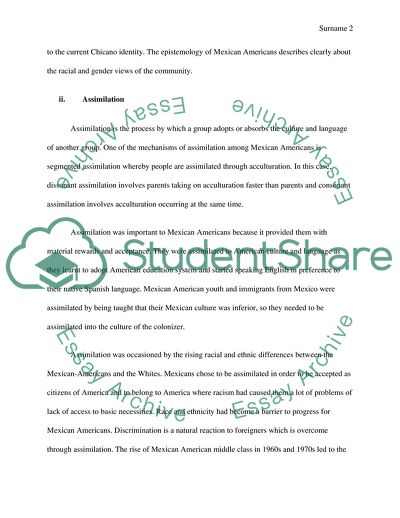Cite this document
(The Racial and Ethnic Mexican American World Assignment Example | Topics and Well Written Essays - 2500 words - 1, n.d.)
The Racial and Ethnic Mexican American World Assignment Example | Topics and Well Written Essays - 2500 words - 1. https://studentshare.org/history/1854138-chicanosbigconceptschicanomovement60s70scomprehensive
The Racial and Ethnic Mexican American World Assignment Example | Topics and Well Written Essays - 2500 words - 1. https://studentshare.org/history/1854138-chicanosbigconceptschicanomovement60s70scomprehensive
(The Racial and Ethnic Mexican American World Assignment Example | Topics and Well Written Essays - 2500 Words - 1)
The Racial and Ethnic Mexican American World Assignment Example | Topics and Well Written Essays - 2500 Words - 1. https://studentshare.org/history/1854138-chicanosbigconceptschicanomovement60s70scomprehensive.
The Racial and Ethnic Mexican American World Assignment Example | Topics and Well Written Essays - 2500 Words - 1. https://studentshare.org/history/1854138-chicanosbigconceptschicanomovement60s70scomprehensive.
“The Racial and Ethnic Mexican American World Assignment Example | Topics and Well Written Essays - 2500 Words - 1”. https://studentshare.org/history/1854138-chicanosbigconceptschicanomovement60s70scomprehensive.


